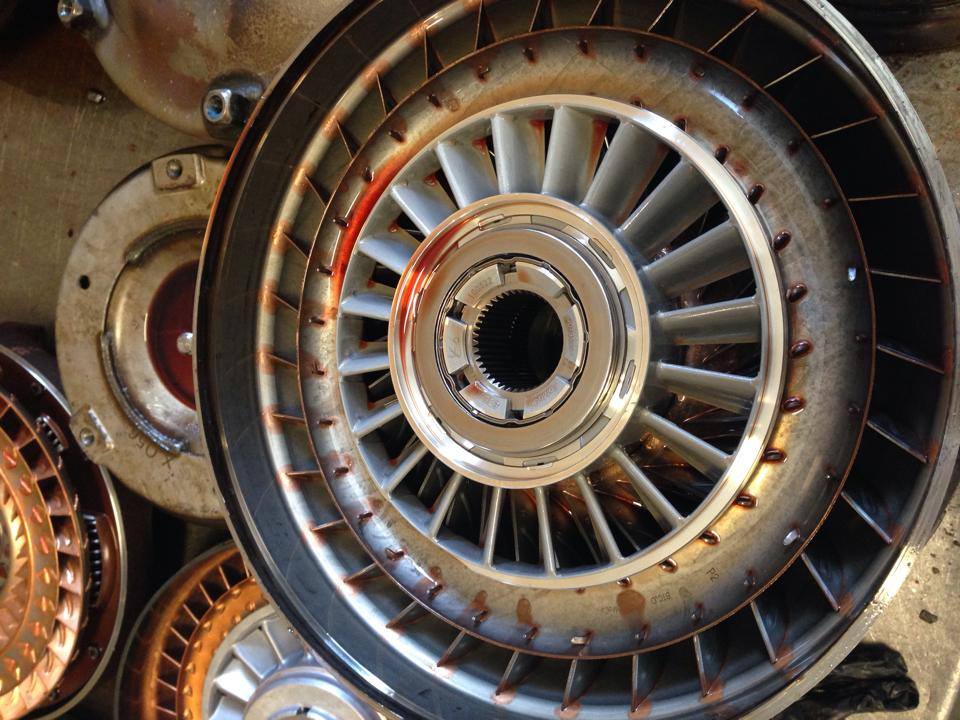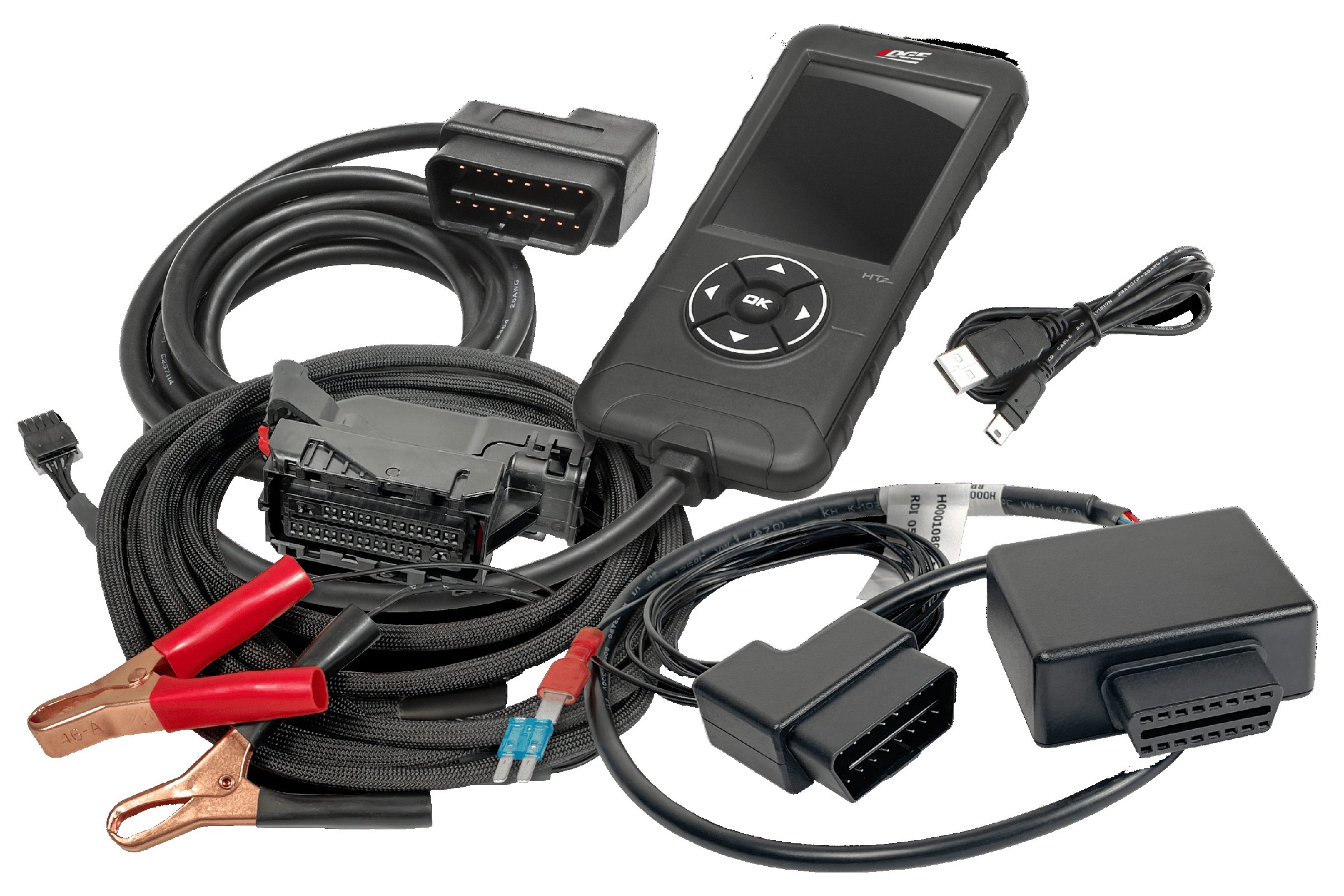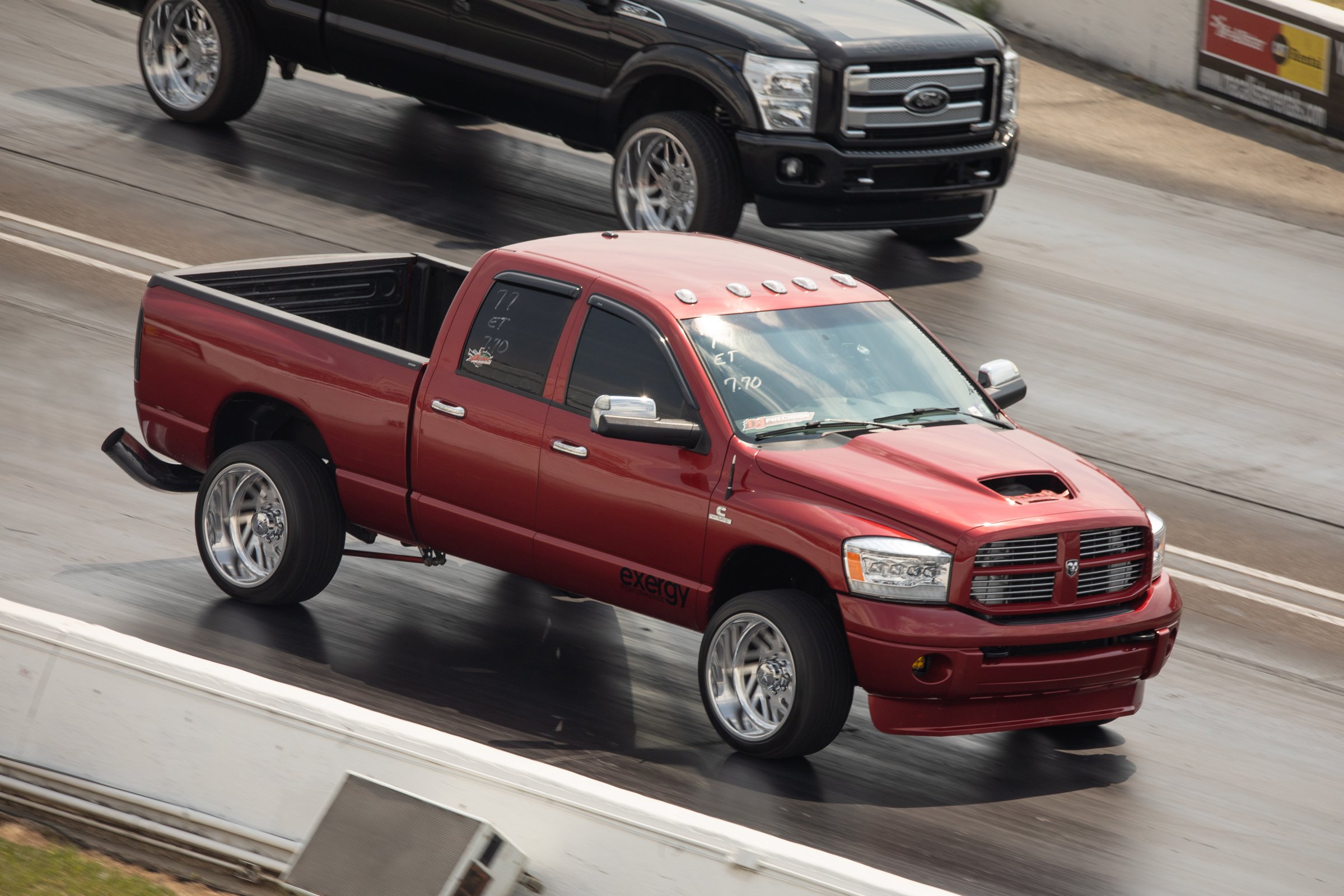Like many of you, I use my truck. Project WorkHorse is for more than just commuting. I haul and tow things — heavy things. As such, I am constantly looking for ways to improve my truck to make it better at doing that. So far, the Ram has received a cold air intake, a new transmission valve body and deep transmission pan, updated springs, and has even received tuning support from Edge Products. One thing I haven’t upgraded yet is the torque converter.
However, I recently started to do some research on the subject so I can make an informed decision about what I actually need in a new converter, and my research led me to ask the folks at RevMax Converters a few simple questions. Selecting a torque converter that is right for your diesel truck can be a daunting proposition. That’s why it’s best to consult professionals to ensure you get just what you need.
If you have done any research on the subject, you have likely wondered what you should look for when planning to replace the OE torque converter. For instance, should you select a converter with a stock stall, a low stall, or one with an ultra-low stall? Also, is there anything else you should consider when deciding on a torque converter? I wondered the same things, so I reached out to Fran Leverick at RevMax to get some insight.
Multiple Stall Tactics
“Stall speed in a converter is where the converter achieves its maximum efficiency in the unlocked state at a particular engine RPM,” says Fran. “For example, if you have a 2,000-rpm-stall converter, this would mean the converter will not get any more efficient at or above 2,000 rpm in the unlocked state. Once the converter does lock up, it is a 1:1 ratio and at that point, there is no slip. It is 100-percent efficient.”
But when we throw around stall numbers or generalities like stock, low-stall, and ultra-low stall, what does that mean and how do we know what is best for our application? Fran was more than happy to chime in with some knowledge about this.

How you use your truck will in large part, dictate the torque converter that is best for your application.
“A torque converter stall will change with power, weight, gear ratio, and tire size. Even the length of the drive shaft can change the stall of a converter. The most popular stall converter we sell is a low stall. This stall is roughly 250 to 300 rpm lower than OE. It seems to be best for most applications because it will put more power to the ground and not lag the turbo — unless you are running an extremely large single turbo.
“The lower the stall the more efficient the converter. The only downside of having too low of a stall torque converter behind a turbo diesel application is it can increase the turbo lag. This is because the converter is not allowing the engine to rev up as high, in turn, not letting the turbo spool as quickly as possible. With all these variables, we never build a specific stall converter. All our converters are plus or minus “X” stall from OE.”
Knowing What Torque Converter Stall You Need
To get a little more granular about torque converter stall, the “stock stall” nomenclature means the new converter delivers what the OE stock converter would stall at in your application, taking into consideration all your modifications. However, the more power your engine is making, the higher the stall speed will be within your application. “We recommend a stock-stall torque converter for a couple of applications,” Fran states.
“First, trucks that have a very large turbo would take forever to spool with a low- or ultra-low stall converter. If the turbo is extremely large, then we do have a high-stall application, but these are built to order and are not used in towing applications. We would need vehicle specs to build one of these. The next would be for a customer that does not have a modified engine and is just looking for a stock replacement that is better than OE and does not tow that much.
With stock stall explained, when is a low-stall or ultra-low-stall converter a better choice? Fran continues, “A low-stall torque converter is our most popular stall. It is low enough to make the converter more efficient, as well as let stock turbos or even slightly larger turbos spool in a normal fashion. Since the converter is more efficient, this will put more power to the ground than a stock-stall converter in the unlocked state.
“We typically apply a low-stall in trucks with turbo upgrades no bigger than 67mm. Once a turbo gets to around 67.5mm, we can start to see a little bit of turbo lag. This would be fine for your daily driver and those who tow, as it’s still very efficient, but not for guys that want to have that quick truck off the line when it’s playtime.”
“Our ultra-low-stall speed will be between 400 to 500 rpm lower than a stock stall. For example, if a stock converter stalls in your truck at 2,000 rpm, this converter would stall around 1,500 to 1,600 rpm. We recommend this converter for heavy haulers and high-horsepower trucks with a compound turbo setup that spools very quickly. We would not recommend this for trucks with a larger single turbo above 67.5mm because it will increase turbo spool time and create a lot of turbo lag. If you are running close to a stock-sized performance turbo and you haul a lot, then this is the converter for you. It is the most efficient and puts the most power to the ground.”
There’s More Than Just Stall In A Torque Converter
As I was doing my research, I also learned that RevMax converters are available in “stages”. This adds another aspect to consider when deciding on a RevMax converter. According to Fran, RevMax recommends their Stage-5 Billet Triple Disc Converter for trucks delivering more than 550 horsepower to the rear tires and/or towing more than 10,000 pounds.
“Our Stage-5 Billet Triple Disc will work with a stock input shaft, as all of our converters are built with a damper to protect the shaft when the triple disc locks up,” assures Fran. “Our Stage 5 Billet Triple Disc converters have no horsepower or torque limitations, and we even dare you to break it.”
Since Fran mentioned a damper within the torque converter, I asked him to expound on that. “The showpiece of our converters is our patented torque converter stator sprag retainer. We have redesigned the lockup clutch piston to be able to accommodate a piston damper. Our billet piston and damper allow the clutch to apply smoother, which in turn puts far less strain on the input shaft. Most of our customers say that our triple disc converter is nearly as smooth as their original stock single disc torque converter.”

If your RevMax torque converter ever needs to be rebuilt, you can send it back and the guys will make it as good as new.
If you have a truck that delivers less than 500 horsepower to the rear wheels and you never tow more than 10,000 pounds, RevMax’s Stage-4 Billet Triple Disc Converter is a safe choice for your truck.
“Our Stage-4 Billet Multi Disc torque converter will work with a stock input shaft, and just like our Stage-5 converter, our Stage-4 units are built with a damper to protect the input shaft when the multiple discs lock up.”
Keeping It Fresh
Not only does RevMax offer better than OE torque converters, but unlike the OEMs, you can send your converter back to be freshened up if the need ever arises. “Any time after the warranty time expires, a customer can have the converter refreshed (rebuilt), Fran states. “If the original purchaser needs their converter rebuilt, the customer pays round trip freight and $350.00, for as long as they own the converter. If the second owner of the converter ever needs it rebuilt, the customer pays round trip freight and $500.00, for as long as they own the converter.”
Selecting the perfect converter for your application can be a daunting task, Hopefully, this little bit of information can help you make an informed decision about your truck’s needs and when you’re ready to purchase a new torque converter, you have a better understanding of what you need. But remember, if you have any doubts or questions, it is always best to call the manufacturer and get a recommendation from the professionals.






